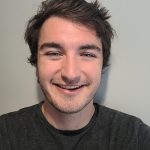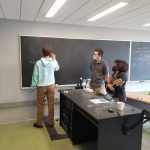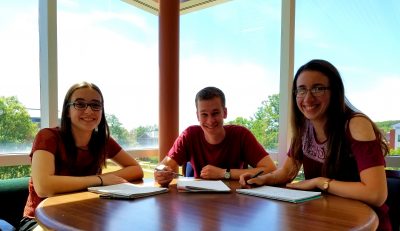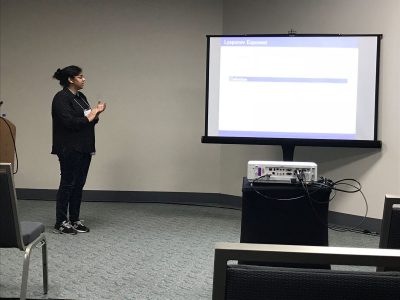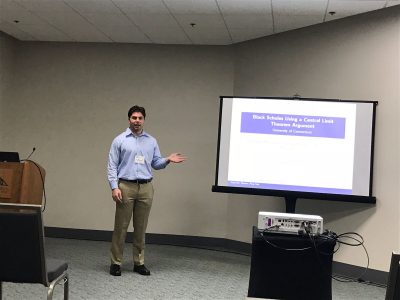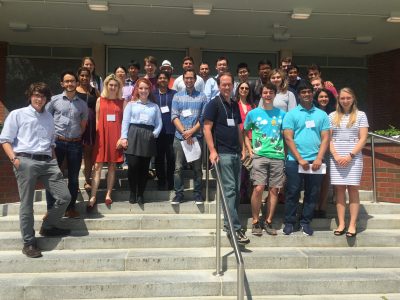Group Members: Tyler Campos, Andrew Gannon, Benjamin Hanzsek-Brill, Connor Marrs, Alexander Neuschotz, Trent Rabe and Ethan Winters.
Mentors: Rachel Bailey, Fabrice Baudoin, Masha Gordina
Overview: We study and simulate on computers the fractional Gaussian fields and their discretizations on surfaces like the two-dimensional sphere or two-dimensional torus. The study of the maxima of those processes will be done and conjectures formulated concerning limit laws. Particular attention will be paid to log-correlated fields (the so-called Gaussian free field).
“Computing Extreme Values of Continuous & Discrete Fractional Gaussian Fields on Manifolds” by Tyler Campos (Yale & UConn REU 2022) and Connor Marrs (Bowdoin & UConn REU 2022)
“Paths of the Fractional Gaussian Field on S1 and the Torus” by Andrew Gannon (University of Connecticut)

